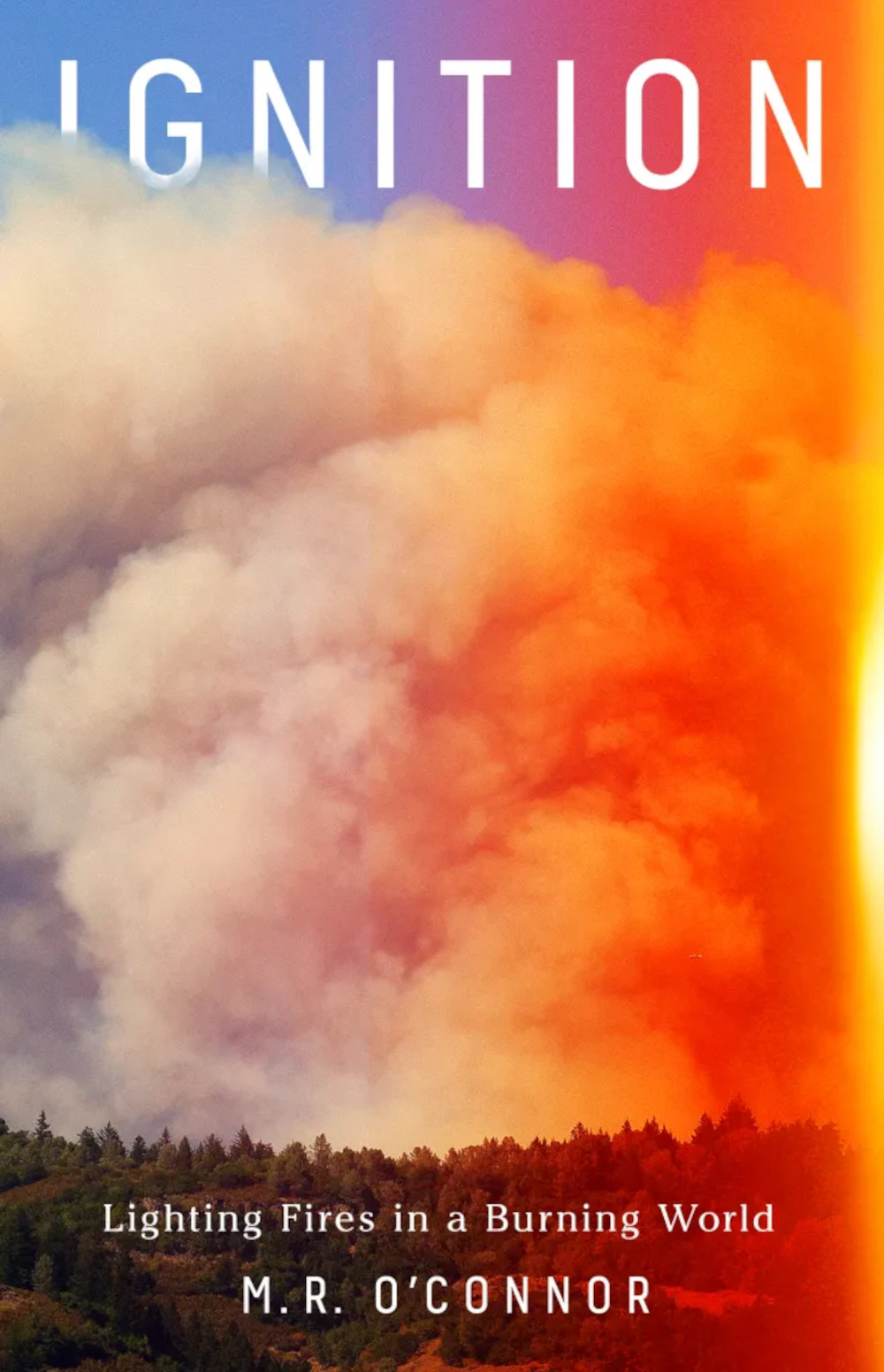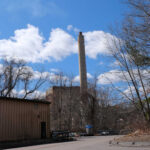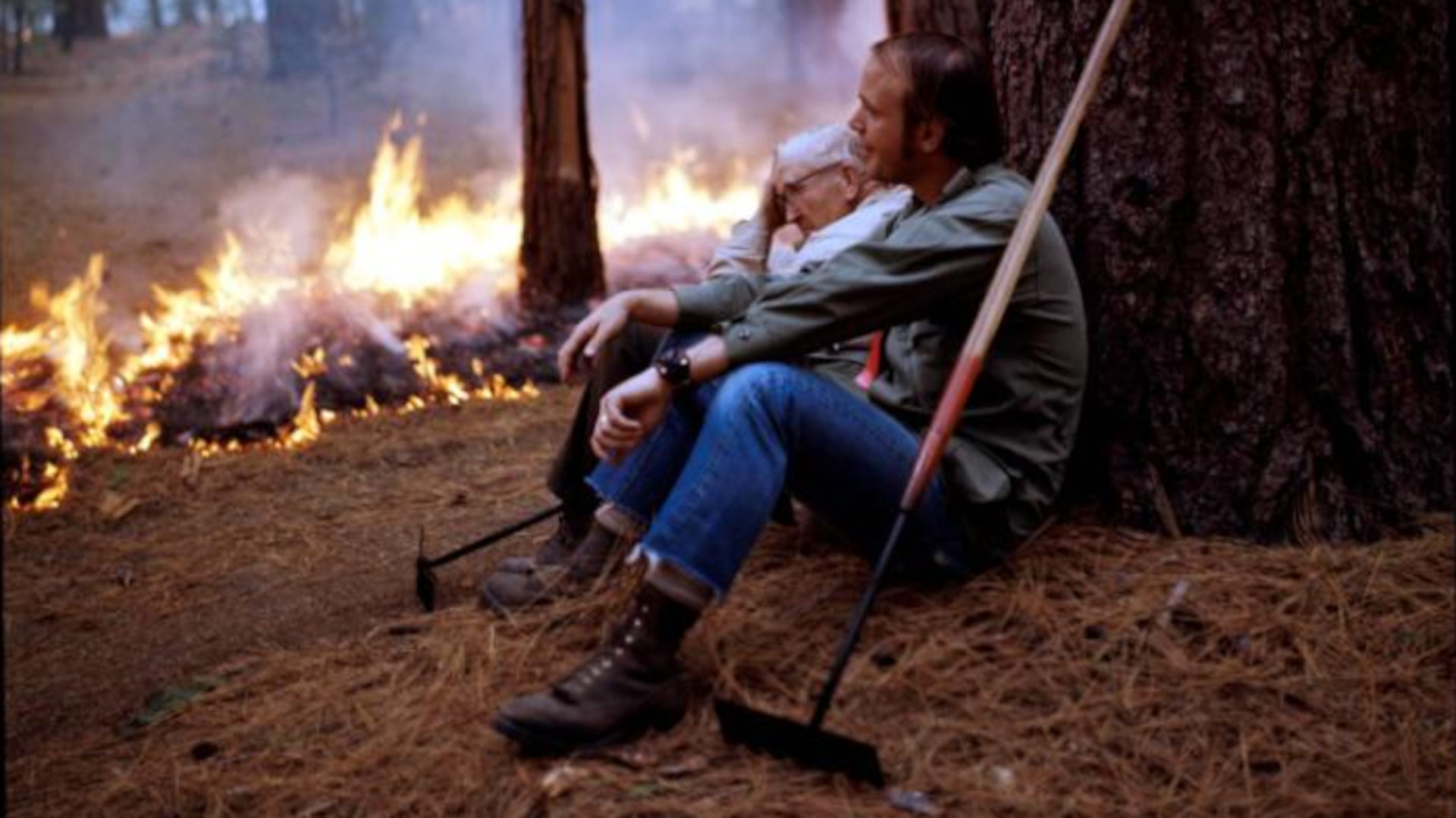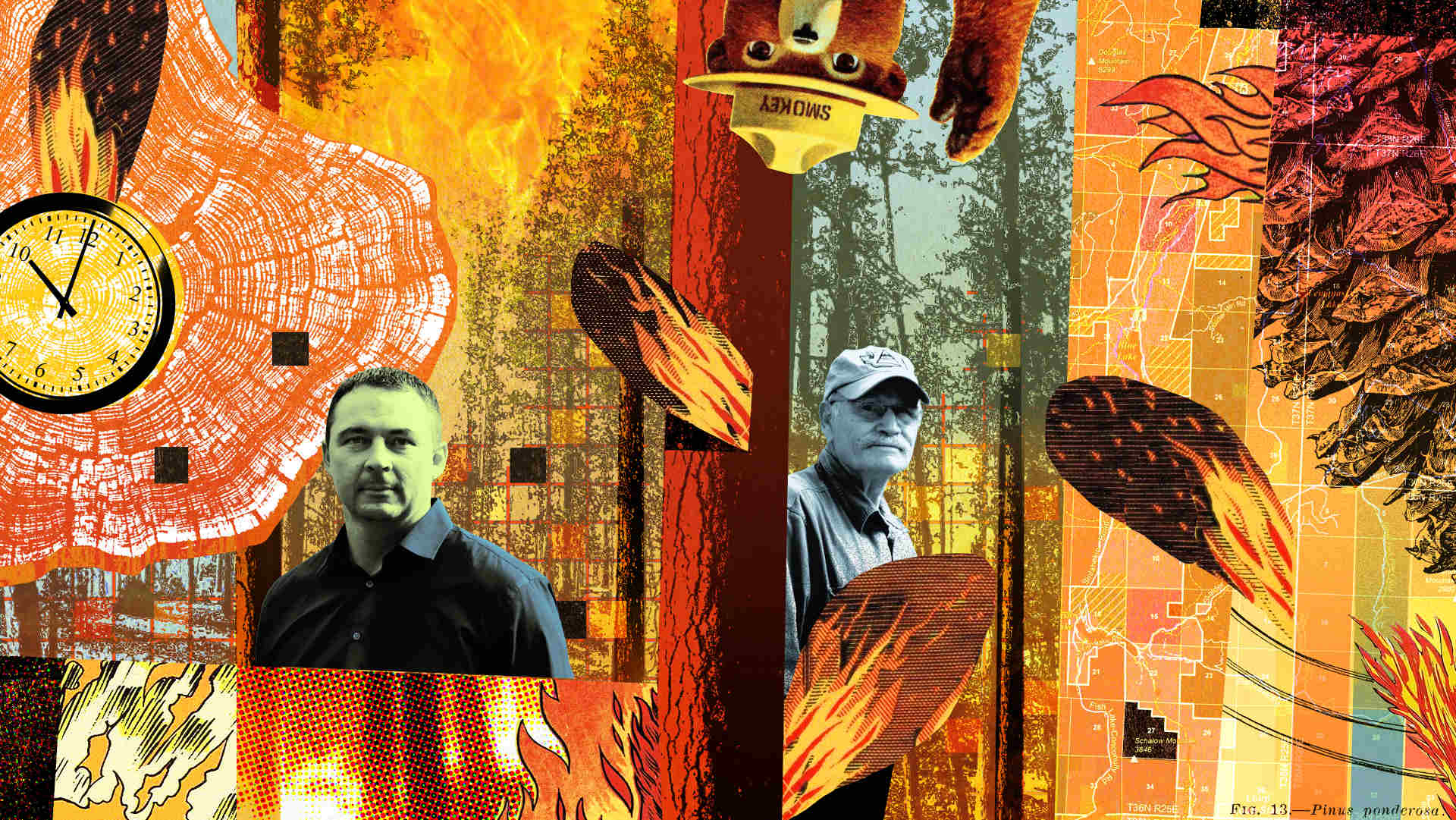If you could pinpoint the year that the fire revolution in America started, it was probably 1962. That March, a group of otherwise upright and respectable citizens gathered at Florida State University in Tallahassee to do something absurd and backward: stand in public and advocate for igniting fires intentionally.

The accompanying article is excerpted and adapted from “Ignition: Lighting Fires in a Burning World,” by M.R. O’Connor. (Bold Type Books, 384 pages.)
The event was called the Tall Timbers Fire Ecology Conference, and some of the presenters were nervous: Fire-lighting was still looked down on as destructive, irrational, even sinister. They had been “damned uphill and down,” as one put it, for their heretical opinions. But the annual conference became the epicenter of what Stephen J. Pyne called in his 2015 book “Between Two Fires: A Fire History of Contemporary America” a “fire counterculture.” A belief in the ecological benefit of fire gained followers and began to impact fire policy in national parks, forests, and on private land.
In April of that same year, a botanist and ecologist for the conservation organization the Nature Conservancy “tossed matches into dry bluestem,” and torched 20 acres of prairie in Minnesota. The “April burn, done wholly with volunteers outfitted with rakes, matches, and metal backpack pumps, was a bold bid,” Pyne wrote. “A science of fire ecology did not exist by name … It was tricky enough for fire civilians to burn autumn leaves, much less open landscapes designated as critical habitats.”
In July of 1962, the First World Congress on National Parks was held in Seattle, and the findings of the “Leopold Report,” a document written by Starker Leopold, a professor at the University of California, Berkeley, and the son of the naturalist Aldo Leopold, were formally accepted.
The report delivered a radical message: America’s parks could no longer be roped off and passively expected to thrive. Elk herds were exploding, other species were declining, and forests were becoming overgrown vegetative tangles. In order to create the conditions and “biotic associations” that “prevailed when the area was first visited by the white man,” wrote Leopold and his coauthors, active interventions were needed, including the restoration of fire as a natural process.
Soon after, a young graduate student by the name of Richard Hartesveldt published a dissertation on Yosemite’s Mariposa Grove that would become the basis of a significant report titled “The Giant Sequoia of the Sierra Nevada.” The trees are some of the most fire-adapted species on Earth. A single tree produces hundreds of thousands of seeds each year, but none will sprout into a sapling until the tree’s cones dry out and disperse their seeds — a process greatly accelerated by fire. Only when a seed has landed on a bed of soil cleared by heat and flame and made fertile with ash can it begin to grow. Furthermore, giant sequoia saplings need a forest free from shade-tolerant competitors and an open canopy created by fire.
The Leopold Report delivered a radical message: America’s parks could no longer be roped off and passively expected to thrive.
The report found that protection from fire was devastating giant-sequoia groves because the trees could not reproduce themselves. A couple of years later, Harold Biswell, at the University of California, Berkeley, began burning on Redwood Mountain in Sequoia and Kings Canyon National Park, which contained the continent’s largest sequoia grove. In the years that followed, some of California’s giant-sequoia groves became the site of bold experiments in prescribed fire.
“Those were the good old days,” someone who participated in them told me. “You didn’t have to have a red card; they would just shove a drip torch in your hand and say, ‘Go light the forest on fire.’”
The heyday of the fire revolution was arguably the 1970s. After that, it suffered one setback after another. During Ronald Reagan’s administration, according to Pyne, environmental agendas stalled. Urban sprawl into rural areas (what some called “living in the stupid zone”) demanded increased fire protection. Wildfires themselves began to erupt in size and intensity, and drought afflicted Western states. When more than 5 million acres burned in 1988, including in Yellowstone (where some of the fires started as prescribed natural fires), suppression again became the dominant response.
“By the end of the 1980s virtually every index showed that there was significantly less fire on the land than a century before,” Pyne wrote in “Between Two Fires.” He called the 1980s the “lost decade,” in which the fire deficit ballooned and biotas — the plant and animal life specific to certain regions — crumbled. Then the 2000 Cerro Grande Fire in New Mexico, the result of a prescribed fire that spread out of control, soured the public on intentional ignitions.
There were pockets where fire continued to flourish. The Southeast. Gila National Forest. Kansas’s Flint Hills. And Yosemite, where the fire program continued under Jan van Wagtendonk, the park’s research scientist and a former doctoral student of the pioneering fire practitioner Harold Biswell. It was van Wagtendonk who developed a concept of “prescribed natural fires.”
Rather than suppressing every wildfire start, he wrote prescriptions for the conditions under which wildfires should be allowed to burn in order to maintain “wilderness character.” The idea was an attempt to circle a square, in Pyne’s opinion. It mediated and reconciled two separate constructs: people and wilderness.
When Dan Buckley, the current branch chief for fire and aviation chief at Yosemite, first came to the park in 2004, one of the things he did was make an appointment with van Wagtendonk, who had been at the park for more than three decades by then. “I’m the new prescribed-fire and fuels specialist for Yosemite,” Buckley told him. “What is my job?”
“Just put fire on the landscape,” van Wagtendonk said. “Let it do its thing.” Buckley called him “the master.”
After van Wagtendonk retired in 2009, drought, big wildfires, a staffing purge, and waning urgency gutted the park’s mission to bring fire back to the landscape. It was always going to be easier to take fire out than to put it back in, and this was true across the country. And now, 60 years after the start of the fire revolution, America still lacked the capacity and willingness to reintroduce fire on a large scale. There was no national workforce mandated to put fire back by planning, preparing, igniting, monitoring, and mopping up prescribed burns.
Jennifer Mueller of the nonprofit organization the Ember Alliance told me that today we urgently need an “army of fire practitioners.” Creating one would require another reimagining of fire’s place in American life — like the one that occurred in 1962. “By that I mean planning for wildfires, doing community protection, cooperative burning with federal and nonfederal sources, creating good, blue-collar jobs at scale,” said Mueller.
A good place to start would be to make basic firefighting classes more accessible, explained Mueller, by creating teaching materials that include women, people of color, underrepresented groups, economically poor communities, and young people. The fire world should reflect the demographics of the United States.
“Primarily, [wildland firefighting] is White dudes,” she said. “There are starting to be more women, but it really doesn’t reflect the diversity of our country, not even close.”
Sixty years after the start of the fire revolution, America still lacked the capacity and willingness to reintroduce fire on a large scale.
Mueller herself had been training as a biologist when she witnessed her first prescribed fire. “I was like, ‘Oh, this is it.’ I was hooked. I didn’t even know that prescribed fire was a thing, much less that I could do that. If you don’t see somebody who looks like you doing the job, you don’t necessarily think that you belong.”
The irony is that there is already an existing workforce of skilled fire practitioners. But, as Jeremy Bailey, the director of prescribed-fire training at the Nature Conservancy pointed out, their time and resources are almost entirely dedicated to emergency fire suppression.
For this reason, Bailey sees the wildfire problem as a workforce organization problem. If, at a federal and state level, the same funding and prioritization were given to starting fires as they are to suppressing them, the fire deficit would soon disappear.
“I can easily imagine the difference we could make if we were able to focus thousands of wildland fire practitioners on controlled burning over a six-month season,” Bailey wrote for a blog post on the Fire Adapted Communities Learning Network. “Imagine if for every firefighter poised and ready to extinguish any start, we also had a fire lighter.”











